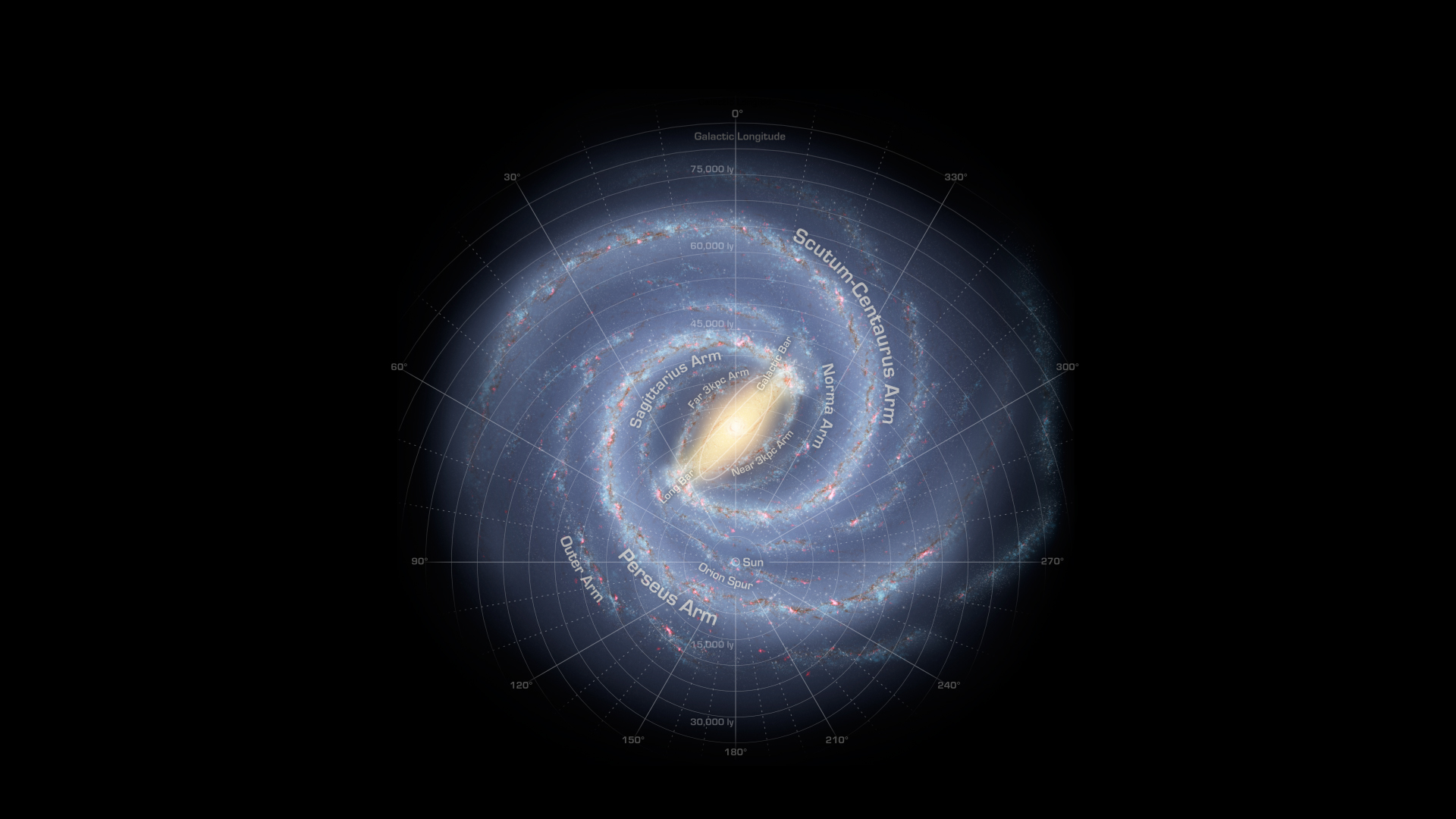Hawaii Night Sky Revealed in Stunning New Video

A new viral time-lapse video depicts the Milky Way over Mauna Kea, Hawaii, in amazing detail, complete with telescopes and dancing laser beams.
Sean Goebel, a graduate student in astronomy at the University of Hawaii at Manoa, created the new Hawaii night sky video from photographs shot on three consecutive nights in April and four nights in the summer of 2013.
The film features the night sky progression over Mauna Kea, a 13,803-foot (4,207 meters) mountain on Hawaii's Big Island, and its many telescopes. The Keck, Gemini and Subaru telescopes each have lasers, which are used to remove the blurring effects of Earth's atmosphere using adaptive optics.
Goebel set up his cameras on nights when the weather was clear, the moon was small and when he knew the telescopes would be running the lasers. On some of the nights, astronomers were using the lasers to observe the black hole at the center of the Milky Way.
Filming a typical scene took about five hours, using two digital SLR cameras (a Canon 5D Mk. II and Rebel XT) taking 300 1-minute exposures. Goebel used a home-built rotary table to create motion in the scenes. He later edited the images into a video.
Goebel said he made the video just for fun. "I like astronomy and I like photography, and I like to make pretty videos," he told SPACE.com.
Goebel has made a handful of other time-lapse videos of Death Valley, Yosemite and other places, but his Mauna Kea video has been especially popular.
Breaking space news, the latest updates on rocket launches, skywatching events and more!
"I guess people haven’t seen lasers tracking night sky before," Goebel said.
Follow Tanya Lewis on Twitter and Google+. Follow us @Spacedotcom, Facebook and Google+. Original article on SPACE.com.


